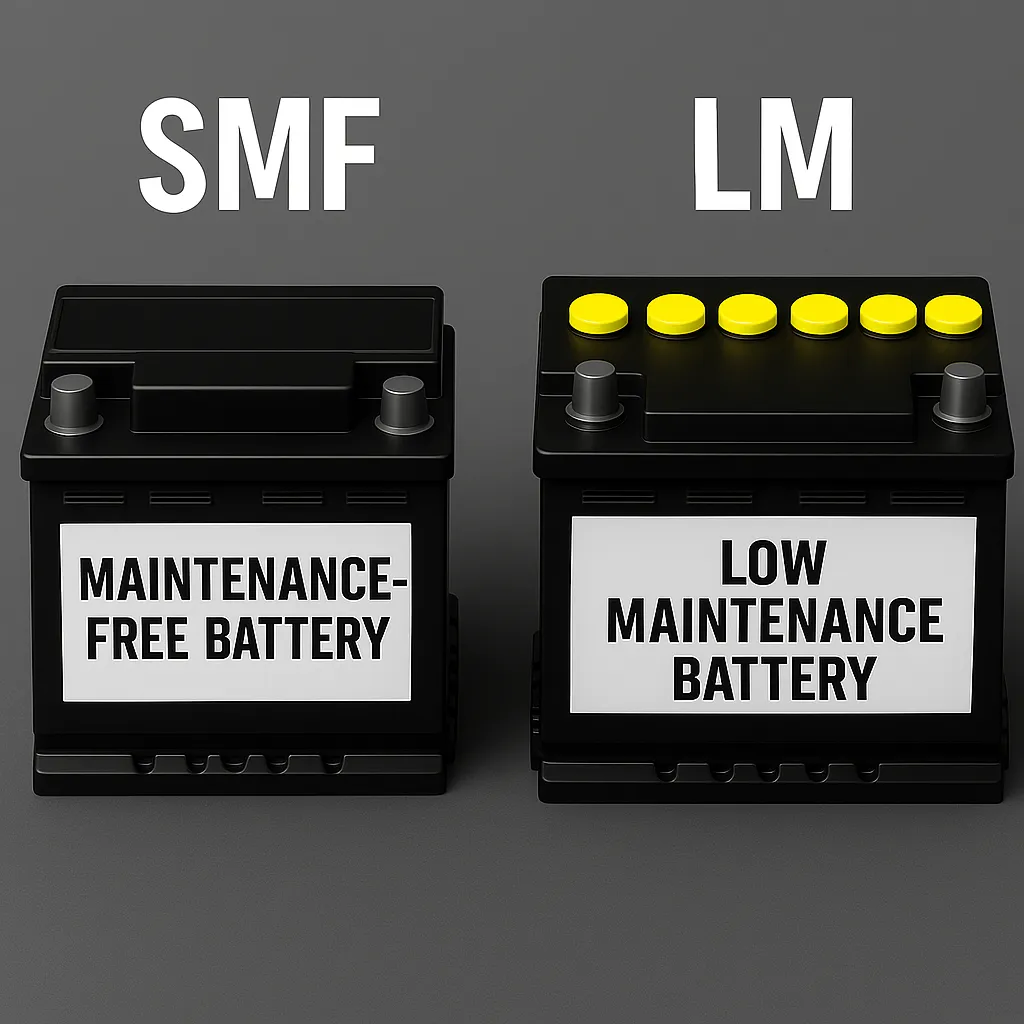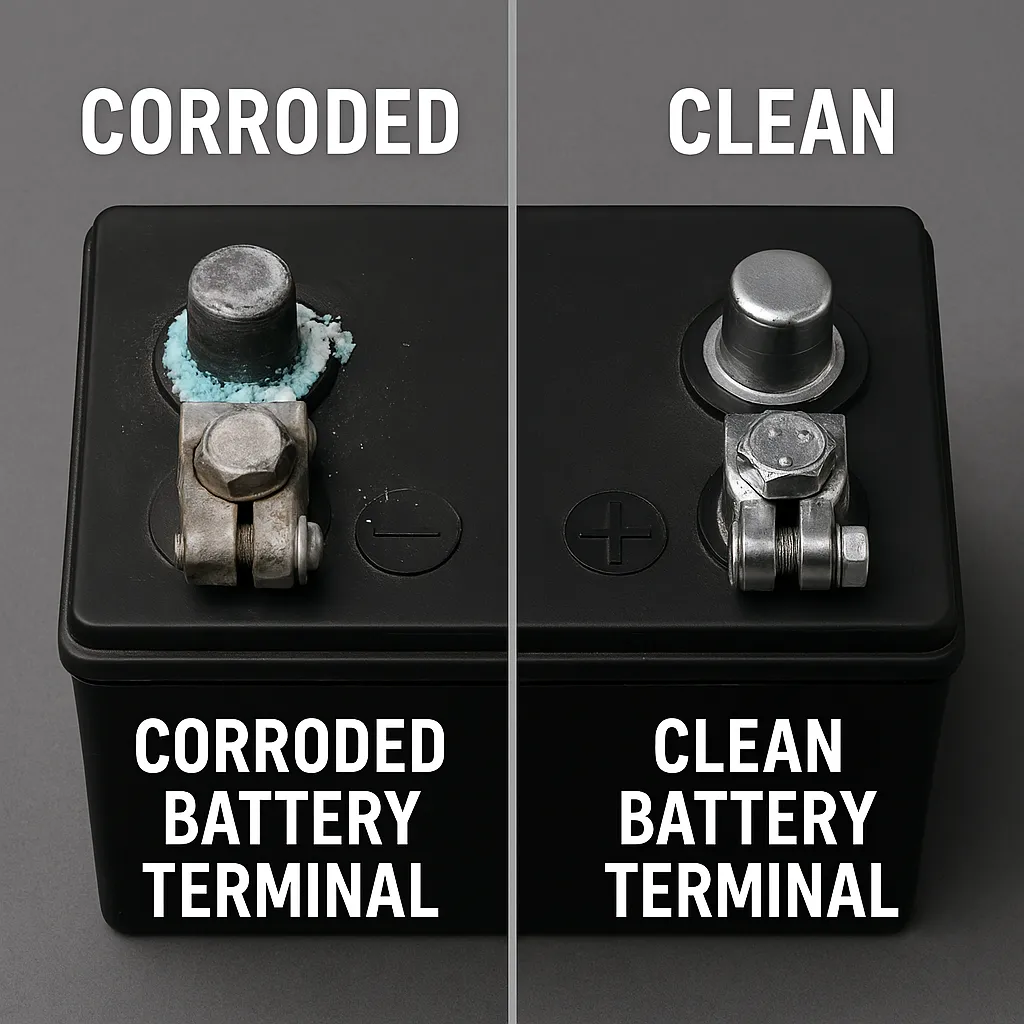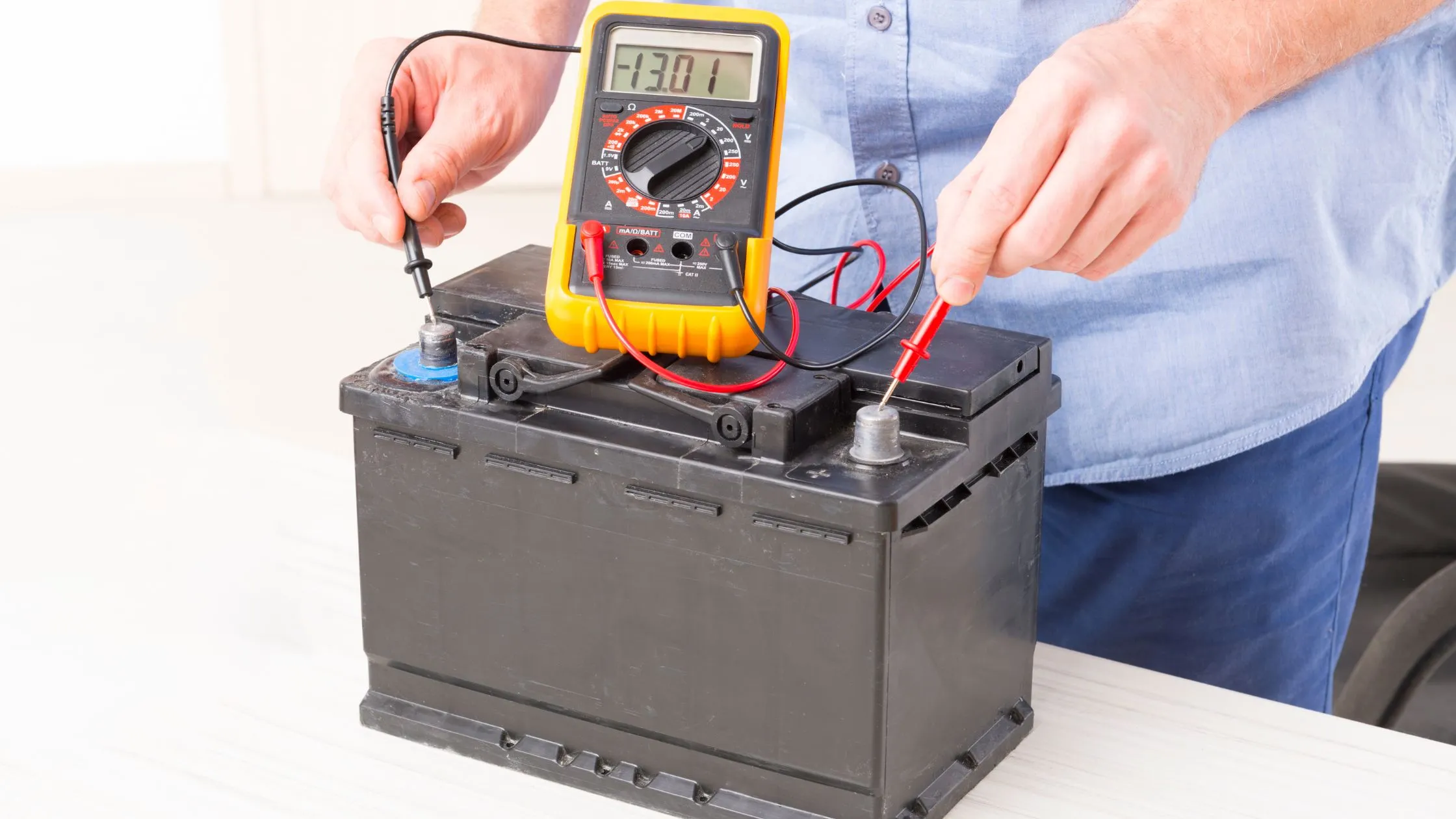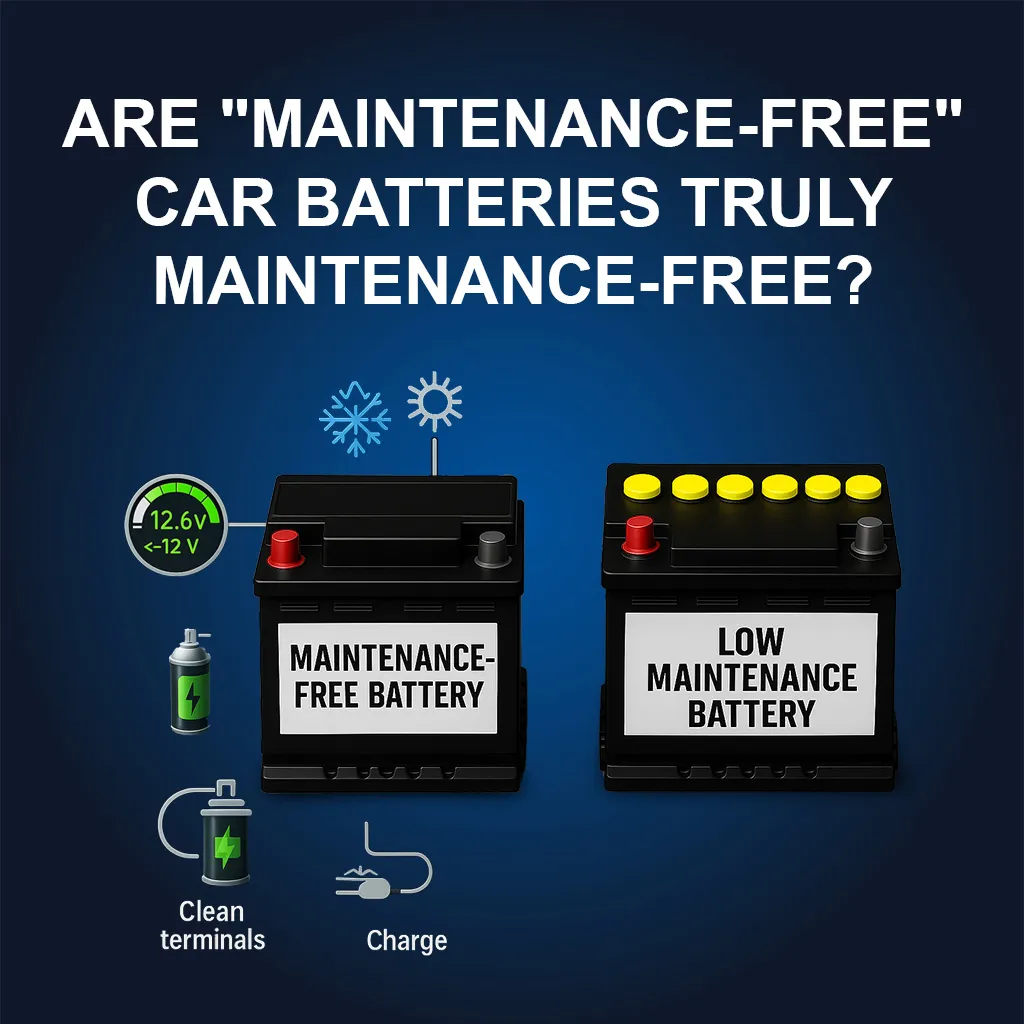Discover the truth about maintenance-free car batteries, their benefits, drawbacks, and essential tips to maximise their lifespan.
- Introduction to Maintenance-Free Car Batteries
- What Are Maintenance-Free Car Batteries?
- Key Features of Maintenance-Free Batteries
- Are Maintenance-Free Batteries Truly Zero Maintenance?
- Pros and Cons of Maintenance-Free Car Batteries
- How to Extend the Life of Your Maintenance-Free Battery
- Signs It’s Time to Replace Your Battery
- Conclusion
- FAQs About Maintenance-Free Car Batteries
- References:
Introduction to Maintenance-Free Car Batteries
Car batteries power every engine start and your vehicle’s electronics, making them essential for reliable performance. The rise of “maintenance-free” batteries promises hassle-free operation, but are they truly maintenance-free? This guide explores what these batteries are, their pros and cons, and how to care for them to ensure longevity.
What Are Maintenance-Free Car Batteries?
Maintenance-free car batteries, such as sealed lead-acid (SLA) or absorbed glass mat (AGM) batteries, are designed to eliminate the need for topping up with water, unlike traditional flooded batteries. Their sealed design prevents acid leaks and minimises corrosion, offering convenience and safety.

Key Features of Maintenance-Free Batteries
- Sealed Design: No access to internal components, preventing leaks.
- Advanced Technology: Uses calcium or AGM to reduce water loss and extend lifespan.
- No Water Refills: Fluid is contained, but still present internally.
Are Maintenance-Free Batteries Truly Zero Maintenance?
While marketed as “maintenance-free”, these batteries still require some attention to perform optimally. Here’s why the label can be misleading:
1. Regular Inspections Are Necessary
Even sealed batteries can develop issues that need checking:
- Corrosion: Clean terminals with a baking soda solution.
- Loose Connections: Ensure terminals are secure.
- Physical Damage: Inspect for cracks or leaks, indicating replacement.

2. Proper Charging Is Critical
Incorrect charging can harm your battery:
- Overcharging, especially for AGM batteries, may cause pressure build-up.
- Deep discharges shorten lifespan.
- Use a smart charger designed for SLA or AGM batteries to regulate voltage.
3. Weather Impacts Performance
Extreme temperatures affect battery efficiency:
- Cold Weather: Slows chemical reactions, reducing power.
- Hot Weather: Accelerates self-discharge and fluid evaporation.
- Tips: Park in shaded areas in summer or use a battery warmer in winter.
4. Monitor Voltage Regularly
Check voltage to catch issues early:
- 12.6V: Fully charged.
- Below 12V: Investigate or recharge promptly.

Pros and Cons of Maintenance-Free Car Batteries
Pros
- No need to top up fluids, ideal for low-maintenance users.
- Reduced risk of acid spills and corrosion.
- Longer lifespan due to advanced materials.
Cons
- Non-refillable; fluid loss means replacement.
- Sensitive to overcharging, requiring compatible chargers.
- Higher upfront cost compared to traditional batteries.
How to Extend the Life of Your Maintenance-Free Battery
Maximise your battery’s lifespan with these tips:
- Clean Terminals: Use anti-corrosion sprays or gels.
- Avoid Short Trips: Ensure full charging with longer drives.
- Use a Trickle Charger: Maintain charge during long periods of inactivity.
- Limit Accessories: Avoid overloading with power-hungry devices.
- Choose the Right Charger: Opt for one compatible with SLA or AGM batteries.
Signs It’s Time to Replace Your Battery
Most maintenance-free batteries last 3–5 years. Replace them if you notice:
- Slow engine cranking.
- Dim headlights or weak electronics.
- Swollen or leaking battery case.
- Frequent need for jump-starts.
Conclusion
“Maintenance-free” car batteries reduce upkeep but aren’t entirely maintenance-proof. Regular checks, proper charging, and weather protection can significantly extend their life. Invest in quality care to keep your vehicle running smoothly.
Ready to upgrade your car battery? Explore high-quality Suzuki maintenance-free batteries on our website or visit a certified dealer today!
FAQs About Maintenance-Free Car Batteries
References:
Ruetschi, P. (2004). Aging mechanisms and service life of lead–acid batteries. Journal of Power Sources, 127(1–2), 33–44. https://doi.org/10.1016/j.jpowsour.2003.09.052
Yoshimura, T. Yasuda, H. (2006). Development of maintenance-free dry calcium (MFDC) lead-acid battery for automotive use. Journal of Power Sources, 158(2), 1091–1095. https://doi.org/10.1016/j.jpowsour.2006.01.094

